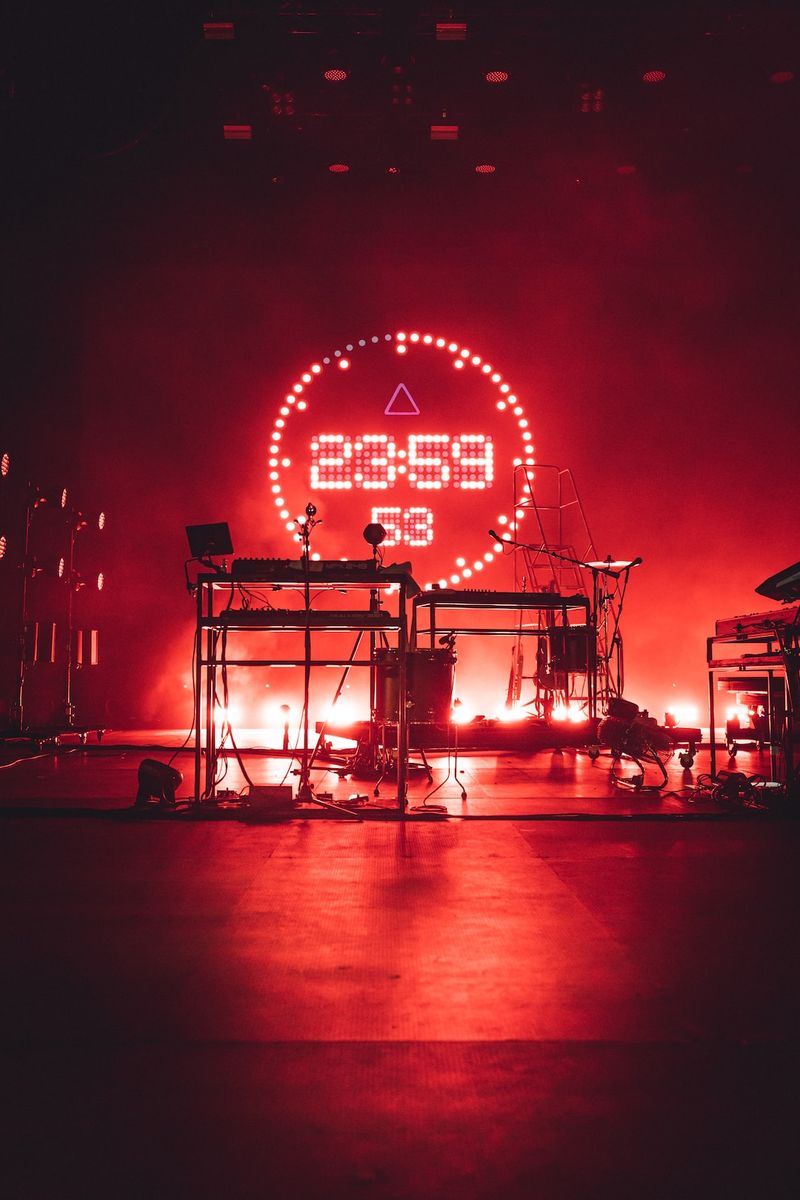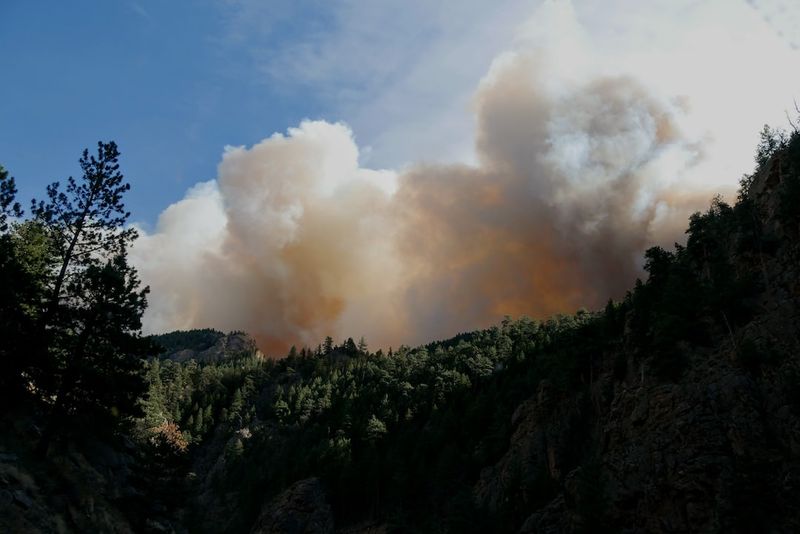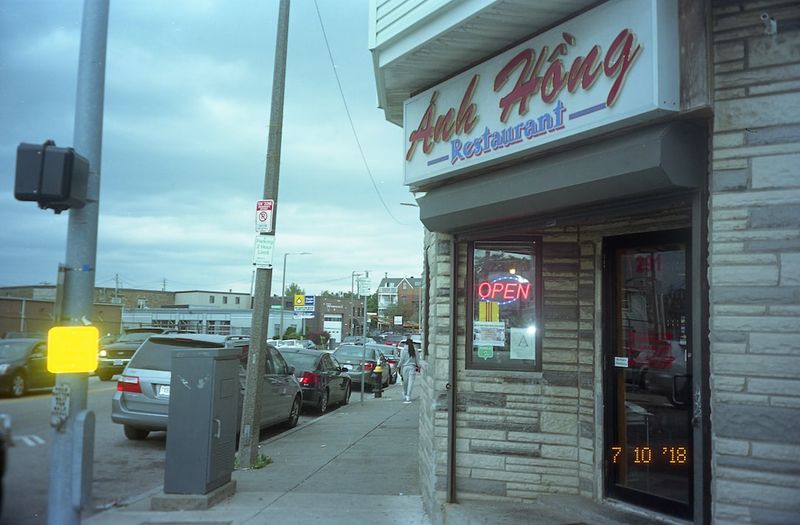Iranian-born wrestler the “Iron Sheik” dies at 81
Hossein Khosrow Ali Vaziri, better known as the “Iron Sheik,” passed away on Wednesday at the age of 81. The Iranian-born wrestler, who rose to fame in the 1970s and 80s, was a prominent figure in the world of professional wrestling, participating in the World Wrestling Federation (WWF), which later became the World Wrestling Entertainment (WWE).
A “complex” legacy
Vaziri presented a mixed portrayal of Middle Eastern stereotypes as a heel in his wrestling performances. He wore traditional clothing and carried Persian traditional weapons, which some believe reflected the cultural and geopolitical tensions of the time. William Lafi Youmans, an associate professor of media and public affairs at George Washington University, stated that Vaziri willingly played the role of the villain and exploited the politics of xenophobia, which appealed to many fans. However, Vaziri’s charisma and more developed backstory also had its ambiguous appeal, reflecting the contradictions that Vaziri embodied as a Middle Eastern figure in American culture.
A journey to stardom
Born in Damghan, Iran, into a working-class family, Vaziri began his career as an amateur Greco-Roman wrestler, gaining local and national recognition. He later became a bodyguard for Mohammad Reza Pahlavi, the last shah of Iran. After Takhti, a prominent wrestler and Vaziri’s friend, was found dead under controversial circumstances, Vaziri left Iran and entered televised US professional wrestling in the early 1970s, adopting the name “The Great Hossein Arab.” But it was Vaziri’s portrayal of the “Iron Sheik” that solidified his place in wrestling history and took him to the heights of his career in the industry.
A “villain” who transcended cultural norms
Vaziri’s character represented a new way of being an Iranian in American culture, going beyond the typical dualistic stereotypes of Iran being either the “terrorist” or the “American ally.” Niki Akhavan, chair of the department of media and communication studies at The Catholic University of America, stated that Vaziri’s character “doesn’t fall into any of it… or does fall into all of it,” portraying a complex, contradictory figure who did not conform to the conventional norms of portraying Middle Easterners in American media. Despite his controversial portrayal, Vaziri’s wrestling style captured the hearts of many, carving out his place in wrestling history and earning him a spot in the WWE’s Hall of Fame in 2005.
A final farewell
Vaziri’s death has impacted wrestling fans across the world, with the WWE expressing its condolences to the wrestler’s family, friends, and supporters. While he may no longer be with us, the “Iron Sheik” will live on in the hearts and minds of those who admired his style and his willingness to buck cultural norms and expectations.
Rest in peace, Hossein Khosrow Ali Vaziri.

<< photo by William Krause >>




